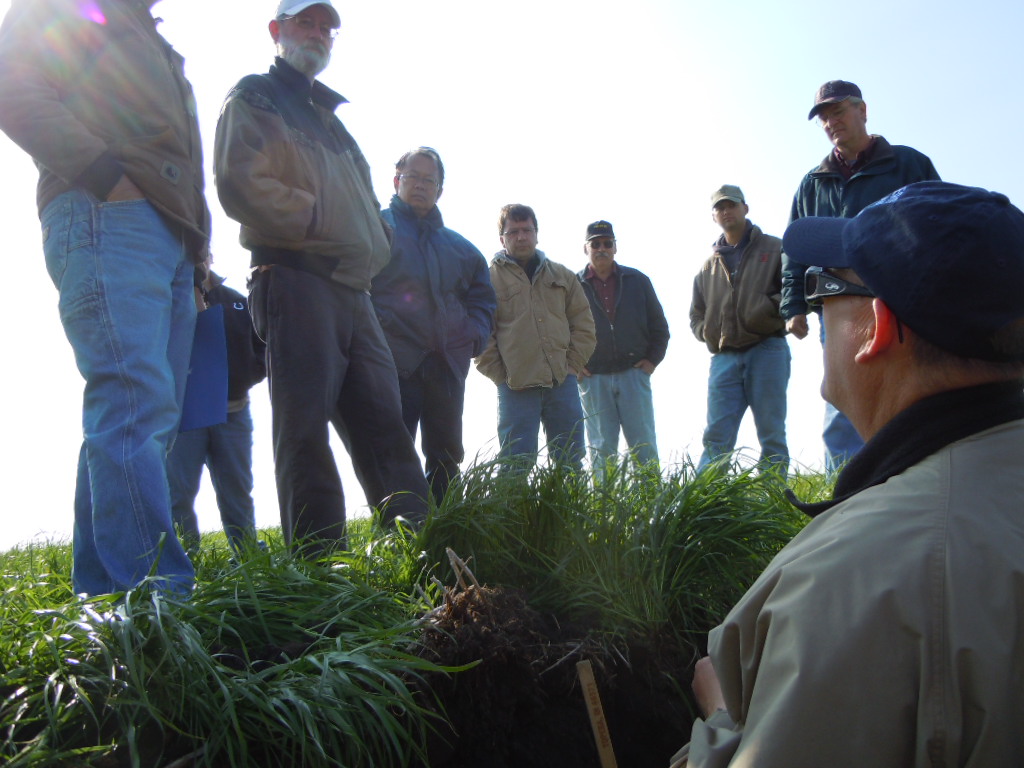Cover Crop Root Pits Reveal Plenty
During the first week of April I was in several root pits in northwest Indiana and boy did we find plenty of interesting factoids! I was assisted by Eileen Kladivko from Purdue University on one day and Barry Fisher, Indiana NRCS State Agronomist, on another day. What We Found in the Cover Crop Root Pits […]
Cover Crop Root Pits Reveal Plenty Read More »
